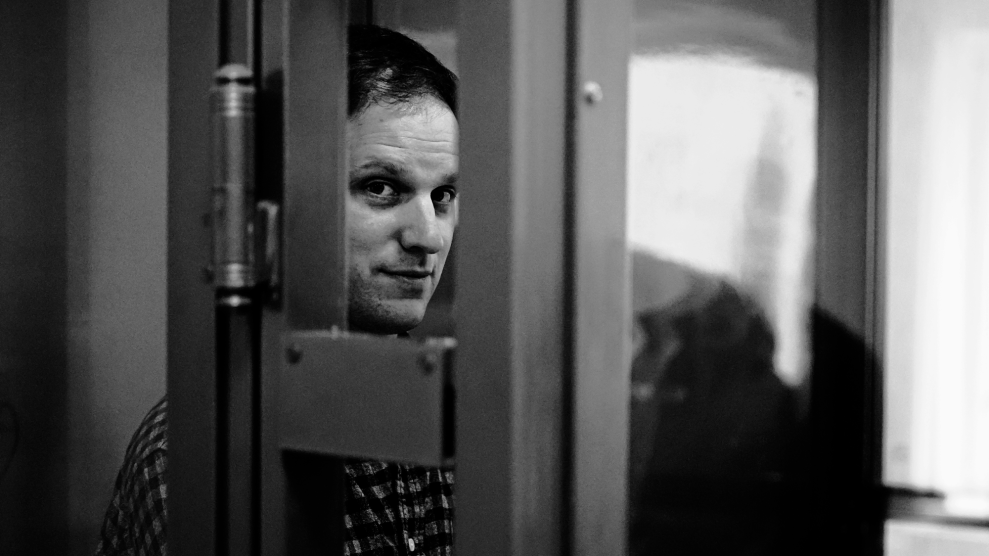On his kayak journey down the Los Angeles River (“The Same River Twice”, page 46), Bill Donahue survived a dunking in its foul waters, an encounter with a Charles Manson look-alike, and a near beheading by a wire strung across the river. His seriocomic odyssey sent us in search of other works where an idyllic river trip falls prey to the undertow. —Alastair Paulin
Deliverance
John Boorman. 109 minutes. Warner hrothers, 1972. It’s all banjo music and alpha-male hijinks at first, as Burt Reynolds leads three weekend warriors down Georgia’s Cahulawassee River. Reynolds laments that this will be his last river run before the state dams it and “rapes this whole goddamn landscape.” Of course, the landscape isn’t the only thing about to be raped, as a run-in with inhred mountain men crushes the foursome’s notions of backwoods authenticity.
“Burn On”
Randy Newman.
Warner Brothers, 1972.
Over a deceptively pretty melody, Newman spins a tale of grandeur about Ohio’s urban waterway, singing: “There’s a red moon rising, on the Cuyahoga River.” The line “Cleveland, city of light, city of magic” even sounds believable, until the refrain — “Burn on, big river, burn on” — reveals the ballad as a dark-humored memorial to the day the oily Cuyahoga went up in flames.
Shooting the Boh
By Tracy Johnston.
Vintage Books, 1992.
Johnston jumps at an invitation to join a crack rafting team making the virgin run of the Boh River in Borneo. But she quickly learns why locals fear the evil river spirit: Her voyage is cursed by sweat-sucking bees, terrifying rapids, and the onset of menopause. Johnston survives nonetheless, and writes of her travails with grace and good humor.
Old Glory
By Jonathan Raban. Penguin, 1982.
Full of Huck Finn dreams, Raban sets out to discover the heart of America by floating down the Mississippi in a 16-foot aluminum boat. But after surviving whirlpools, a near collision with a tugboat, and his own nautical incompetence, Raban’s misanthropic Englishman persona takes over. He still loves the river’s mythic soul, but views our nation’s small-town folk with jaundiced affection.
Hearts of Darkness
Fax Bahr and Eleanor Coppola. 96 minutes.
Paramount, 1992.
In this documentary about the making of the Vietnam epic Apocalypse Now, the ambitious Francis Ford Coppola and his stoned cast venture upriver in the Philippines. But the mood quickly darkens as the shoot is disrupted by no less than a typhoon and a Communist insurgency. In the end, Coppola compares his production to the American war effort: “We had … too much money, too much equipment, and little by little we went insane.”











